According to Deputy Prime Minister Dmitry Kozak, electricity tariffs for the population from January 1, 2019 will be revised in accordance with the decree of the Government of the Russian Federation. The increase in the cost of electric energy will occur in two stages: January 1 and July 1, but both of these increases in total will be equal to one-time.
The situation with electricity tariffs until 2019
Let us consider in more detail what affects the tariffs for electricity in Russia. The price depends on:
- Type of settlement (electricity charges for urban residents are 30% higher than for rural residents).
- The type of heating appliances and stoves used (in houses equipped with electric stoves and electric heaters, the price of electricity is 30% lower than in houses with gas stoves).
- Tariff option for payment.
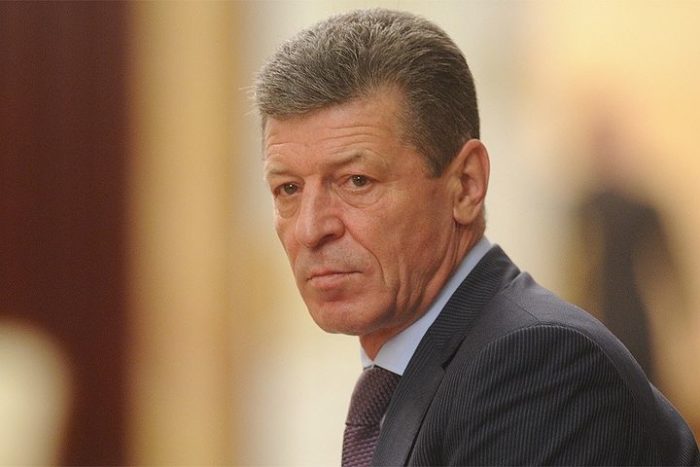
There are 3 counting options:
- single, at which the price for one kW / h is fixed for any time of the day;
- two-tariff, where there is a difference in cost during the day and night;
- three-tariff, assuming at different times of the day to calculate the cost of electricity using different standards.
Until 2019, in Russia, tariffs on the use of electricity for the population were set and changed by the regional executive authorities once every year and were economically underestimated. Industrial enterprises and business owners have used electricity tariffs at inflated market prices.
Also read:Starting January 1, 2019, the land tax will change: recalculation procedure
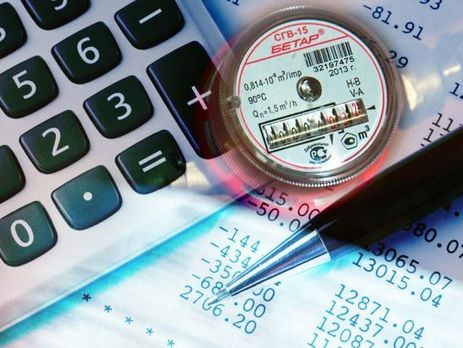
The difference between the payment for the population and industrial enterprises for electricity services was covered by these enterprises. Such subsidies cost about 200-300 billion rubles a year, which hindered the proper development of industry and state monopolies, and the country's population was not interested in using less energy-consuming devices.
The transition to market relations in the field of tariffs for housing and communal services, including electricity, forced the Government to resolve this issue at the legislative level.
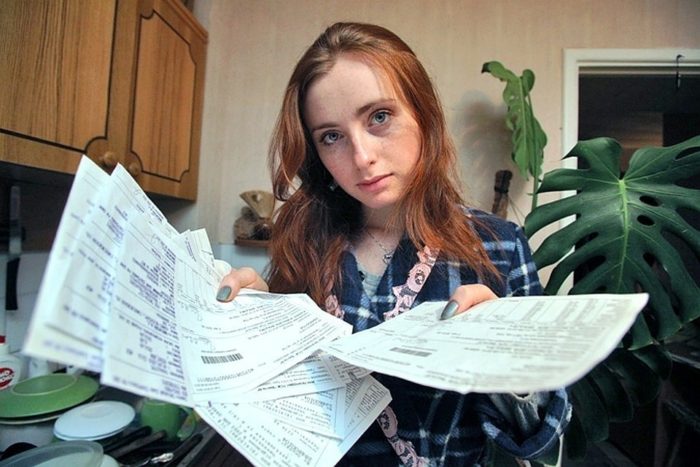
It is important that a change in electricity tariffs in 2019 for the population will allow:
- increase the use of energy-efficient household appliances to reduce energy consumption and budget savings;
- to encourage the introduction of energy-saving technologies in the country and the development of new devices, thereby stimulating the development of this industry;
- create favorable conditions for the successful growth of industries and businesses, freeing them from overpriced electricity prices.
Also read: SNiP of a roof - the code of norms and rules II-26-76
How will the price of electricity be in 2019?
As you know, from January 1, 2019 there was an increase in VAT to 20%. This is due to an increase in all utility bills by 1.7%, including payments for electricity, although the cost (excluding VAT) per kilowatt in 2019 will remain at the level of prices in 2018.

To implement changes in social norms and basic rates, the term “household” is introduced, with the use of which the rate of electricity consumption will be calculated by determining the connection point, that is, a single residential building. It will not depend on the number of people living in the house or apartment (as provided for in many utility bills).
Thus, it is proposed to set the norm for one point of electricity consumption at a rate of 300 kW / h. The question arises.Where did this figure come from? In our country, on the same living space, on average, two people live, using common household appliances, whether they are a refrigerator, a TV, etc., which consume 220 kW / h of energy per month, on average. Using these data, the rate of electricity consumption per household was determined.
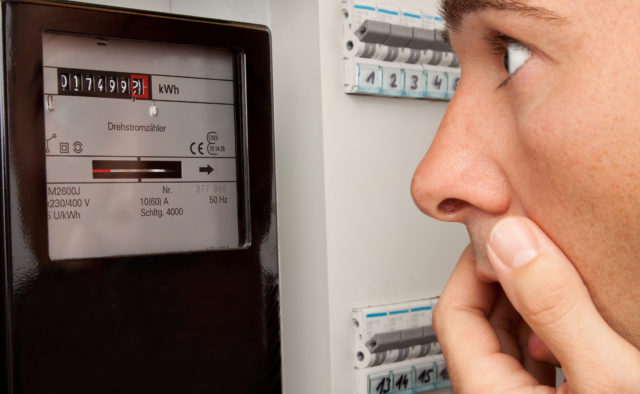
On January 15, 2019, the following changes in electricity tariffs entered into force:
- when consumed in an amount of not more than 300 kW / h per month, the amount payable is calculated at a preferential social rate;
- in case of consumption of more than 300, but less than 500 kW / h, the basic tariff is used;
- with an increase in consumption in the amount of from 500 kW / h of energy and higher, the tariff becomes maximum - “economically sound”.
How changes in the tariff policy of the energy supply sphere will affect different layers and categories of citizens in different regions, it will become clear after a while.

To date, different regions of our country have different tariffs for electricity. In this regard, it is worth believing that the introduction of new payment standards for electricity consumption will have a different effect on each individual territory. In Moscow, for example, the cost of electricity is quite high.
It is not much different from the market, therefore, for residents of this region, an increase in the social norm to a mark above 300 kW / h will not be critical and very noticeable, as well as for regions with high energy prices. At the same time, for many areas, the transition to new tariffs will be very noticeable.
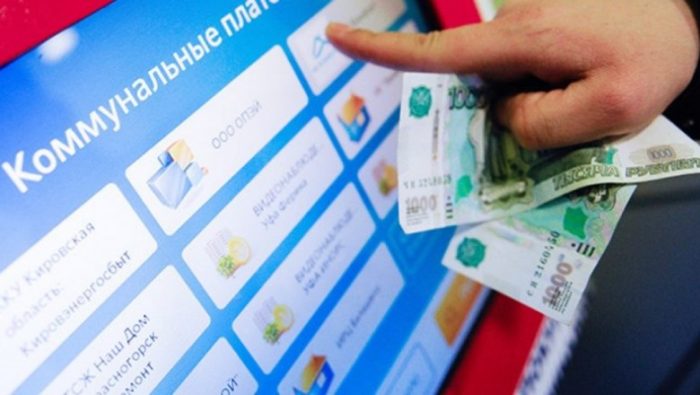
New electricity tariffs in 2019 (which are effective as of January 1) will significantly affect the categories of citizens using electric stoves and electric heating.
As mentioned above, a change in electricity tariffs in 2019 for the population will take place in two stages. Citizens who do not have preferential tariffs, this will affect the first stages of transformation.
Several categories of citizens will feel these changes:
- Urban residents in whose apartments or houses are not provided with electric stoves. If the owners illegally replace gas stoves with electric ones without obtaining permission from the relevant authorities, they cannot count on the most sparing tariffs.
- Rural residents who use electric stoves and electric heating.
- The population of non-rural villages.
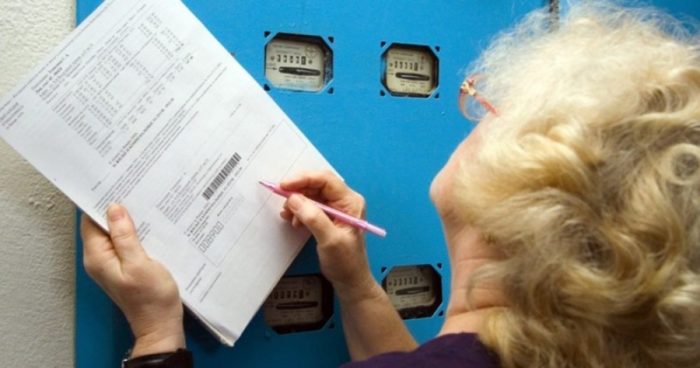
The Russians, who enjoy preferential payment of electricity bills until 2019, will noticeably change tariffs in the second stage of transformation. This group of people includes rural residents, from whom the Government will remove the existing benefit in stages.
Also read: How to quickly and cheaply make a canopy to the house with your own hands: types, drawings, tips
So, we list all the changes in the field of payment for energy supply that will be introduced in 2019:
- A transformed system for calculating electricity payments with an individual approach to consumers, dividing the population into several groups depending on the limits in which the amount of electricity used lies.
- The abolition of the calculation of the norm of electricity consumption, depending on the number of people living in one apartment and the transition to the calculation of consumed kW per connection point, that is, per household.
- The first group of citizens who are able to pay at preferential rates will include Russians who consume no more than 300 kWh per month.
- A group with a higher rate is formed from those who consume electricity in the range from 300 to 500 kW / h per month.
- Households that consume more than 500 kW / month will be converted to commercial tariffs.
- Cooperatives and communities, various organizations that paid for electricity, like ordinary Russians, will be transferred to a special pricing system.
- In houses where gas stoves are not provided, and the owners use electric ones, they will cancel the current 30% discount.
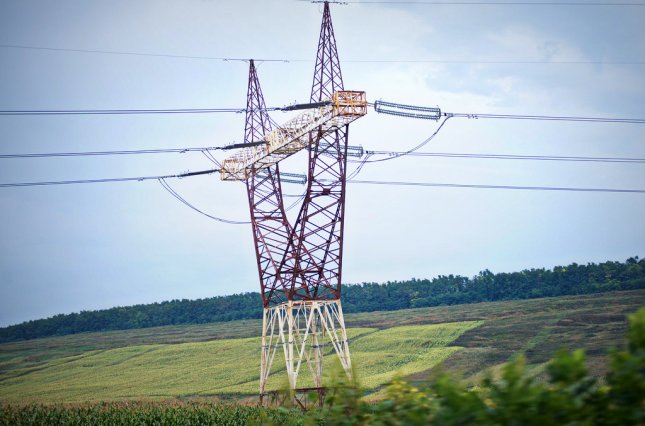
Electricity tariffs in 2019 for the population will change twice, but indexation will remain at 4%, as in 2018. In the period from 2019 to 2020, it is expected to remain below an increase of 5%.
Definitely, the transition to new tariffs for electricity, the introduction of new rules for its consumption will be more difficult to understand than the previous ones, but these changes are necessary. They are ripe and require a solution, because without this it is impossible to further develop production and business. This reform should encourage the population of Russia to spend energy more economically, getting rid of energy-intensive appliances, and also stimulate the development of window production.
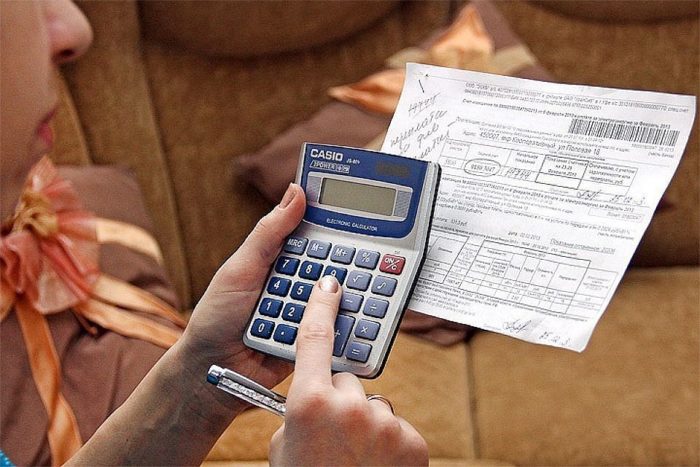
It should lead to a more rational use of the country's energy resources. But the success of the reform in the field of energy supply depends on taking into account the characteristics of each region, accounting for income and opportunities of different categories of the population. It is important that all decisions are thought out and transparent.

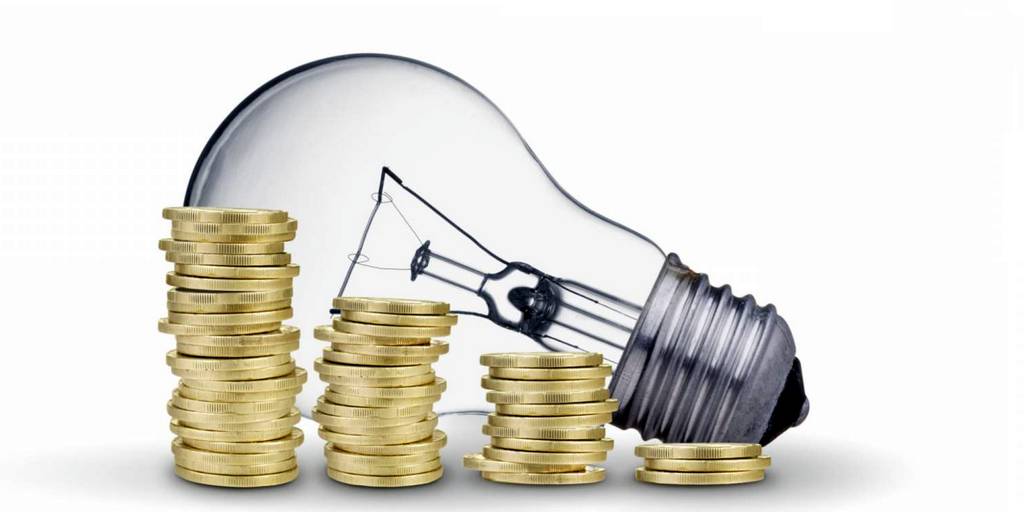
Alas, no comments yet. Be the first!